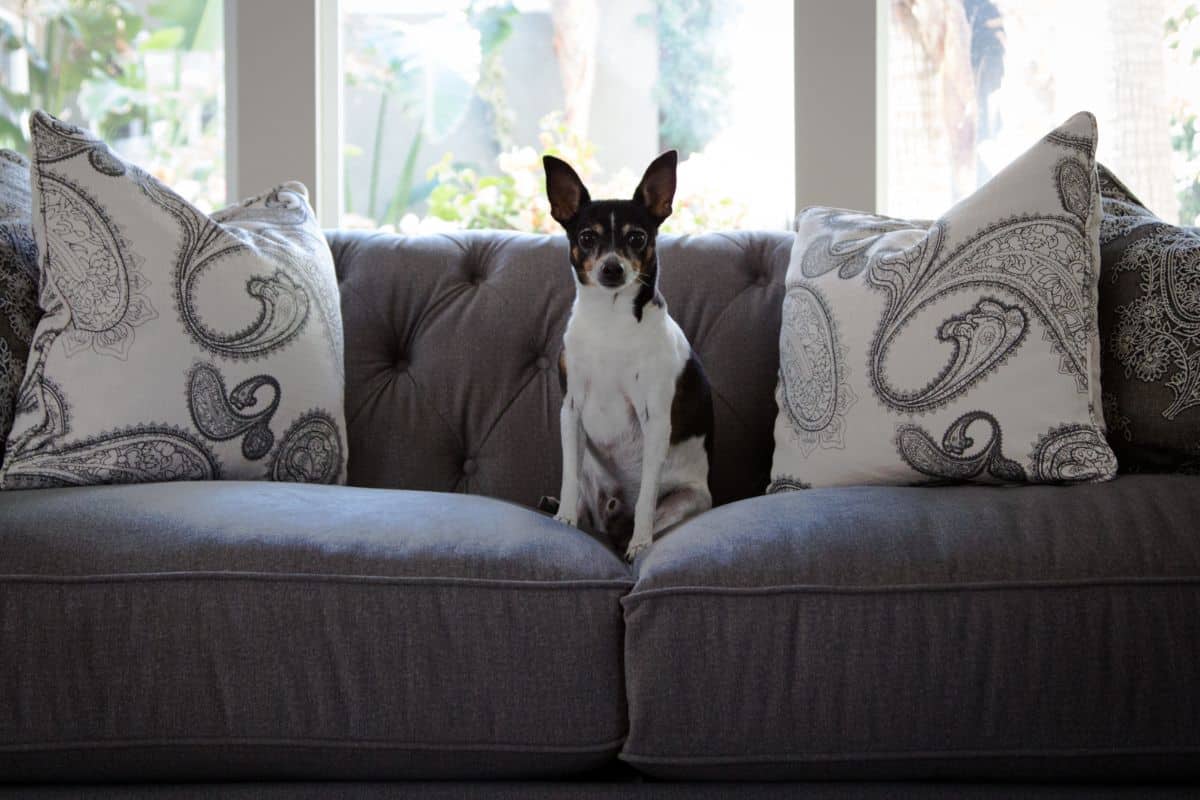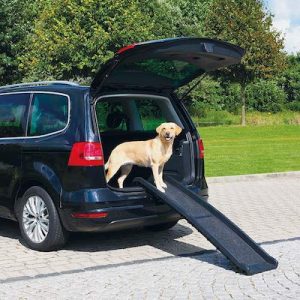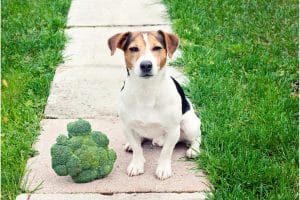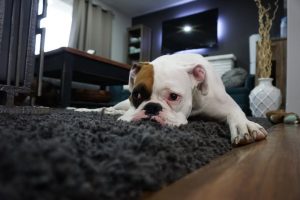Once you become a dog parent, you forego some lax behaviours that may have worked in the past. Your home is now the personal playground of your new dog / puppy.
It’s like having a kid – EVERYTHING in your home is an accidental hazard waiting to happen. Your belongings are now a potential toy that could be chewed or simply gobbled up.
Oh, you think an untrained puppy will not try to bite your sneakers? Think again. My doggo, Jeff, shredded my favourite sneakers in his first week.
Don’t worry, I’m not trying to scare you. Some of the stuff is very cute once your mutt is properly trained. Nonetheless, it’s crucial to dog-proof your home, not just for our peace of mind but for our dog’s safety, too.
Because let’s face it, a secure home means a happy and healthy dog, and a happy dog means a happy you.
First, we’ll start by assessing your home and finding those places that could be potential playground / danger zones.
Assess Your Home to Find Danger Zones
Alright, let’s get down to brass tacks and assess what we’re working with.
Speaking from experience, your dog is like a little investigator – curious and energetic. They’ll claw their way into a place where they shouldn’t, so knowing what’s in their line of sight is critical.
For a fair assessment, you’ve to answer a few questions:
- How tall is your dog?
- What are the tendencies of their breed?
- Do they like to jump and chew on things? Or do they like to rest?
- How active are they? Do they run around most of the time?
- Do you often keep chemicals or medicines in a place that could be in your dog’s reach?
- Does your home have many wires hanging out that could get entangled with your doggo?
- Are your floors too slipper for a dog who likes to run around?
Once you answer these questions, you can quickly find potential hazards and neutralise them.
Pro Advice: This isn’t a one-time ordeal. You’ll have to re-assess your home as your dog grows and his needs and behaviours change.
Dog-Proofing Living Room
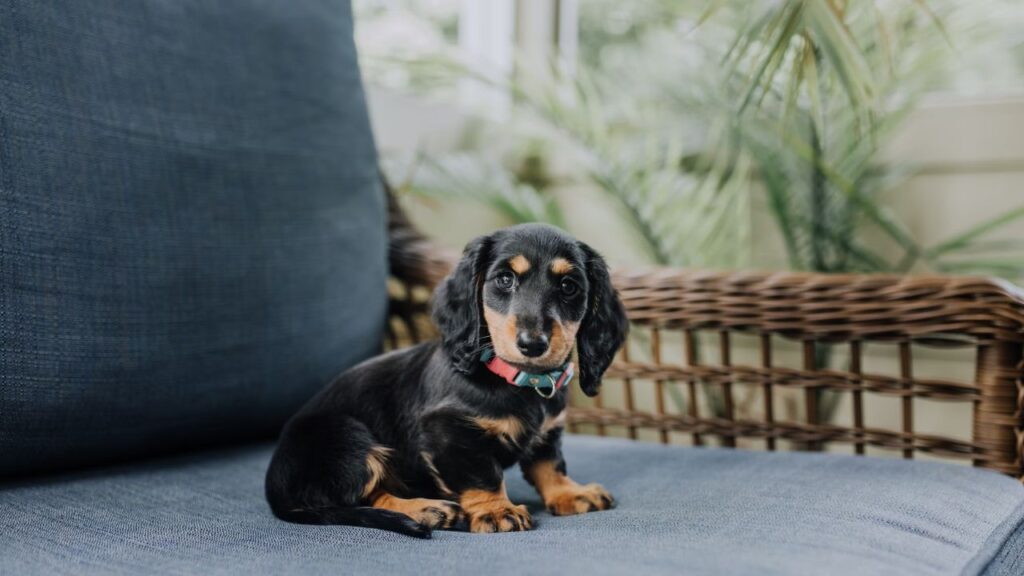
Cords and furniture will be your biggest problems when dog-proofing your living room. That’s because your doggo prefers running here when banished inside the house.
1. Buy Dog-Friendly Furniture
If you want to buy new furniture, you could invest in durable and easy-to-clean materials. Leather and microfiber are generally good choices.
Keep a dog-proof cover or blanket on your furniture, especially where your dog likes to rest and relax. This will minimise wear and tear against your dog’s chewing, clawing and digging tendencies.
2. Contain Electrical Cords and Gadgets
A tangled mess of wires isn’t just an eyesore; it’s an accident waiting to happen.
Bundle your electrical cords and use cord protectors to ensure they aren’t a low-hanging fruit within the reach of a a chew-happy dog. Store the rest of your gadgets in a place your dog can’t reach.
3. Block Access to Dangerous Places
Use a baby gate or a fireplace screen to block their access. Cover HVAC vents as well.
Additionally, make sure your living room windows are always locked. I like to cover them with curtains so Jeff doesn’t see anything tempting outside.
4. Get Rid of Small Items.
Remove any decoration from the coffee or end table that could be broken easily or small enough to be chewed. It also includes putting your legos and other small items in a box closed with a lid.
5. Avoid Dangerous Plants Inside the House
If you like decorating your house with indoor plans, familiarise yourself with species that may harm dogs. Some common indoor plants to avoid include peace lilies, snake plants, and poinsettias.
Pro Tip: If you’re missing greenery, try replacing toxic plants with safe ones like spider plants or Boston ferns.
Dog-Proofing Your Bedroom
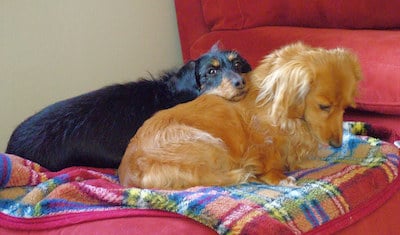
Many pet owners don’t grant bedroom access to their dogs, while others don’t mind it. Regardless of your sleeping arrangements, a bedroom as a confining space is a great idea when you’re not home.
Here’s how you could dog-proof your bedroom:
- Ensure all the drawers and closets are properly closed. Put away stuff that may be lying around and could become a choking hazard.
- Do not use mothballs if you’re letting your dog inside the bedroom.
- Ensure your jewellery, watches and other accessories are closed away.
- Make your bed properly so your dog doesn’t hop on and start digging their sanctuary.
- Put all the electrical cords in a box to avoid tangled cables hanging off the TV or other appliances.
Dog-Proofing Your Kitchen
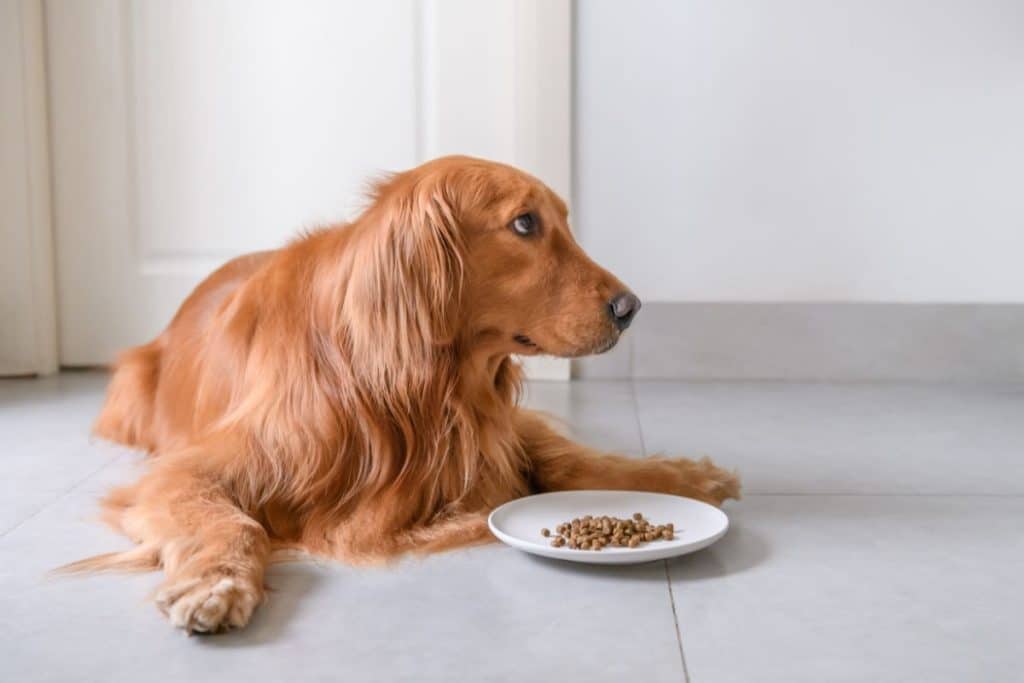
Your kitchen is the “Grand Central” of canine curiosity. Our dogs have a keen sense of smell, and the kitchen will be the most stimulating.
As such, you must be extremely careful to ensure all the hazardous stuff is out of their reach at all times.
1. Store Food and Cleaning Supplies Safely
- All human food should be stored on high shelves or cupboards with secure latches.
- The same goes for cleaning supplies; these should be stored either in high places or cabinets secured with child-safety latches.
- Do the same with dog food. Put some out based on their diet and lock the rest away.
- Consider installing dog-safe latches on lower cabinets. A curious dog WILL learn to open a cabinet.
2. Use Dog-Proof Trash Cans
Opt for a trash can with a locking lid or place it inside a latched cabinet. Your trash is a treasure trove of delights for your dog, but it’s chock-full of hazards.
3. Block Access for Overexcited Dogs
If your dog is always full of energy, you could consider limiting their access to the kitchen by setting up baby gates.
Not only will this protect your pooch, but it also means you can cook in peace without tripping over them. As someone who has tripped a few times, I can tell you it works.
Pro Advice: Keep a few dog-safe chew toys if you ever have to leave your dog unsupervised in the kitchen.
Dog-Proofing Your Bathroom
As gross as it sounds, your bathroom is just an all-you-can-eat buffet of toilet water and a playground of rogue tissues for your dog.
To be fair, it’s best to permanently block your dog’s bathroom access. It’s not like they have anything to do there. Nonetheless, here are some tips to keep your doggo safe:
1. Store Cleaning Supplies Safely
Keep all cleaning supplies locked away or in high places, just like in the kitchen. Use child-safety latches for lower cabinets to protect them.
2. Always Keep the Toilet Lid Down
It’s extremely unsanitary and could contain cleaning chemicals. Make it a habit to keep the lid down, or consider getting a toilet lock if your dog is a repeat offender.
3. Lock Shower Doors
If your dog is like mine and enjoys a bath, install a shower door and lock it. The last thing you want is a wet, slippery dog running wild around the house.
Speaking of a wet and slipper dog, you could also invest in rugs and shower mats for the bathroom.
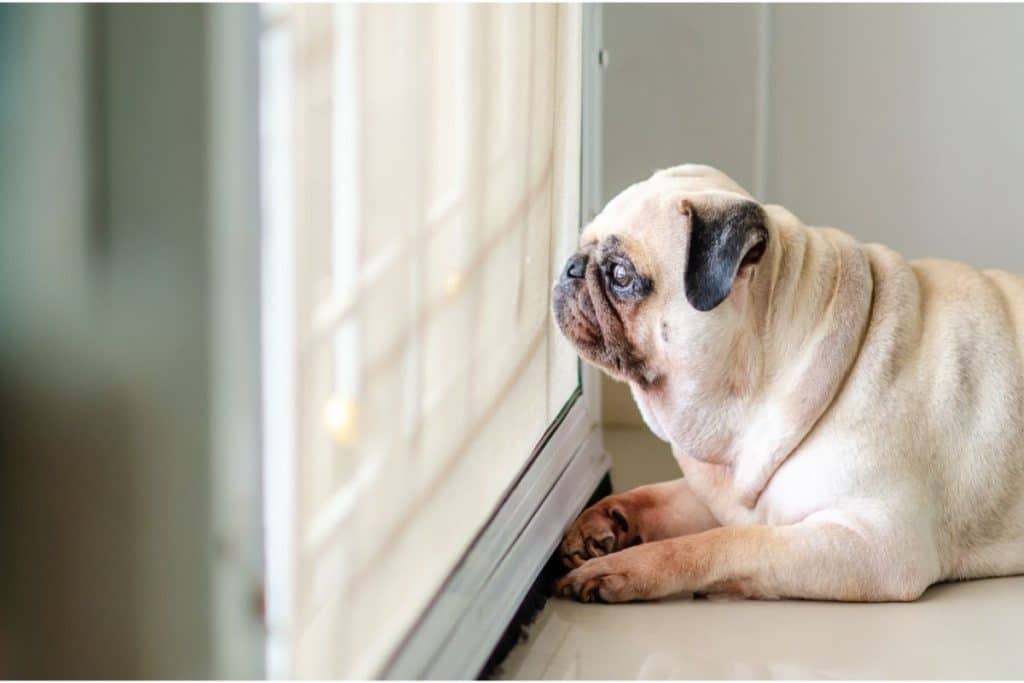
Dog-Proofing Your Stairs, Balcony and Floor
You have two additional worries if you live in a multi-floor home or apartment with a balcony – stairs and balcony.
1. Use Safety Gates to Block Access
Stairs can be hazardous if you have a young pup or an older dog with mobility issues. Install baby gates at the top and bottom of the staircase to avoid accidents.
2. Use Balcony Mesh or Screens
As you may have found out, your dogs far surpass you in their curiosity. Dogs are curious creatures.
So, they will try to break through a safety gate or poke their head through a railing when their access is blocked completely. I installed a mesh to resolve the issue.
3. Invest in Dog-Friendly Rugs
I recommend you look at low-pile rugs that are easier to clean and less tempting to chew.
Rugs like these (runners) serve a dual purpose: they protect your floor and act as a designated pathway for your dog.
4. Additional Safety Measures
- Purchase non-slip treads for extra grip, as stairs could be slippery for your doggo.
- Ensure no furniture is placed near the balcony railing, or your dog will use it as a launchpad. I learnt that the hard way.
- If possible, consider vinyl, bamboo, or specialised pet-friendly laminate flooring.
Pro Tip: For balconies, consider using some potted plants as barriers. Just ensure they’re dog-friendly plants.
Regular Maintenance & Upkeep
Dog-proofing isn’t a one-time affair; it’s an ongoing commitment. Your dog will grow, habits will change, and new potential hazards may emerge.
Ideally, you should inspect your home for potential hazards every month.
Puppies, older dogs, and certain breeds have special needs.
For instance, teething puppies will chew on anything, while older dogs might need non-slip mats to help them move around. Always adjust your safety measures to fit the individual needs of your dog.
Pro Tip: Keep a small budget aside for maintenance and unexpected safety upgrades. Your future self (and your pup) will thank you.
Frequently Asked Questions (FAQs)
1. Can I use any type of flooring for a dog-friendly home?
Technically, you can use any type of flooring, but some options are generally better suited for dogs. For example, hardwood floors are easier to clean but can get scratched by your dog’s nails. In comparison, carpets offer a softer surface but can trap odours and are harder to clean.
2. How can I dog-proof my furniture?
Generally, dog-proofing your furniture requires two steps. First, train your dog to make better decisions. Second, invest in dog-proof furniture covers made from durable materials like leather or microfiber, which are easy to clean and can withstand wear and tear.
3. Is it safe to let my dog roam freely in the house when I’m not home?
Ideally, you could let your dog roam freely when you’re not home if you’ve done an adequate job at dog-proofing your home. However, if your dog is prone to destructive behaviour or you haven’t thoroughly dog-proofed yet, it might be better to confine them to a secure area.
